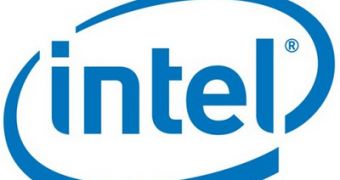It seems that Intel was not kidding when it reportedly revealed plans to expand its business to other types of electronics besides personal computers. In fact, it seemed genuinely determined to acquire new companies and technologies that would help its push on the consumer electronics market. In tune with these plans, the Santa Clara company seems to have made the first step. Specifically, Intel Capital has invested in eflow Inc., a Tokyo-based developer of middleware and networked application products and solutions.
The funds received from Intel's global investment organization (the exact amount was not disclosed), will "accelerate eflow’s businesses for a wide variety of Internet devices powered by Intel Atom processors and other Intel chips." This product variety includes TVs, vehicle navigation systems and other Internet-connected devices.
"The emergence of cloud computing is drastically changing our world. Not just PCs, but all types of devices are being connected to networks through which the cloud is created," Koichi Makabe, eflow CEO, said. "The combination of Intel's embedded processors and our software products make it possible for these devices to connect to the cloud. Capitalizing on this investment, we expect to enhance our relationship with Intel and accelerate the era of cloud computing."
"As the number of digital consumer electronics devices and In-Vehicle Infotainment (IVI) devices deployed soars, the significance of embedded middleware and software grows," Sudheer Kuppam, managing director, Intel Capital Asia Pacific, stated. "This investment reinforces Intel Capital’s continued commitment towards accelerating market expansion by engaging promising embedded software companies such as eflow."
Intel may have decided on this particular investment because eflow is involved in the development of middleware for Skype, MeeGo and Android, among other platforms. Not only that, but the Japanese developer has made a significant number of infrastructure and browser technologies for multi-function peripherals and set-top boxes, as well as Java technologies for next-generation networking (NGN) infrastructures. Moving forward, the company will assist Intel in expanding its overseas embedded-solution business.

 14 DAY TRIAL //
14 DAY TRIAL //